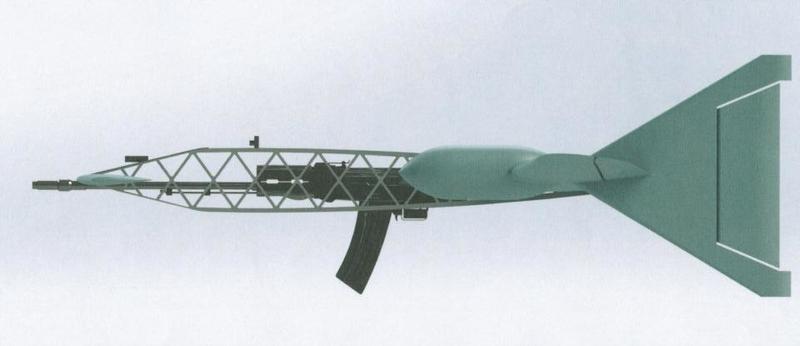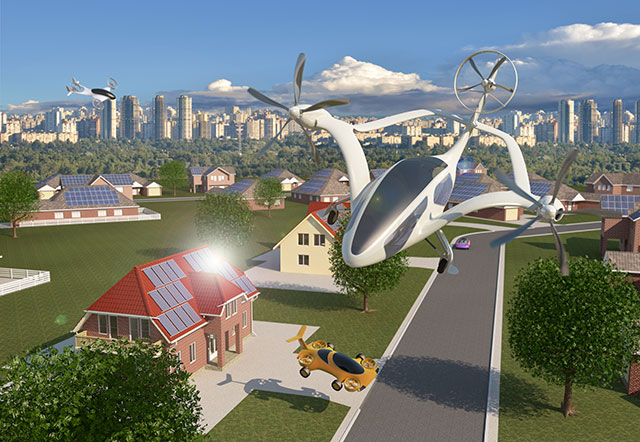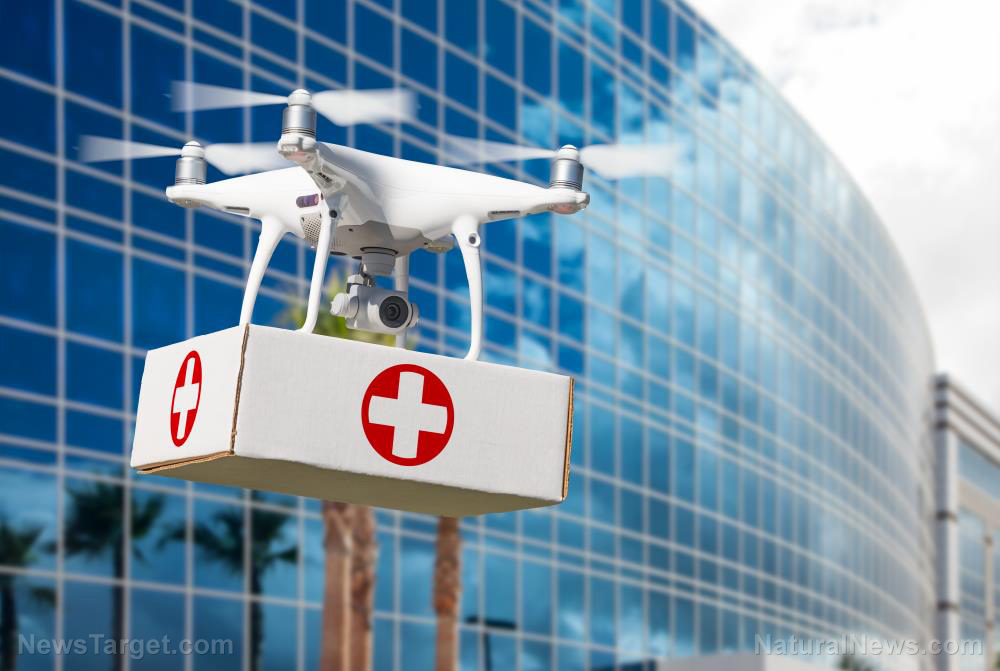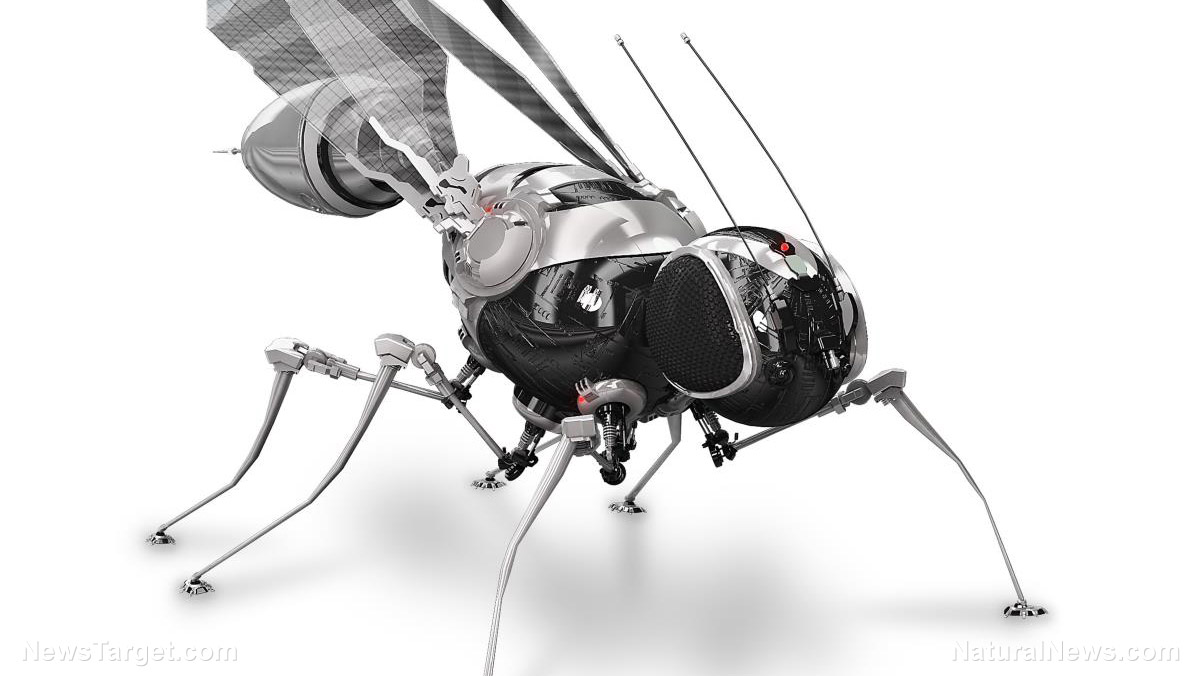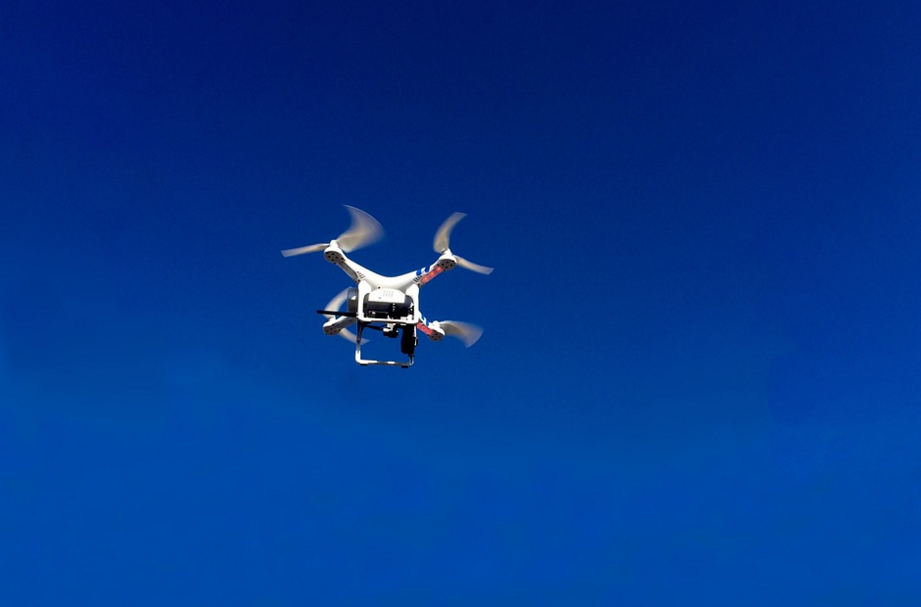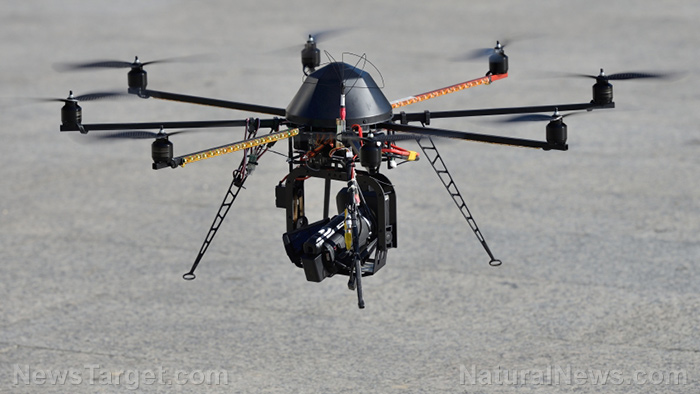It’s about to get A LOT noisier: Commercial drone delivery won’t just bring packages, but also incessant buzzing
10/13/2019 / By Edsel Cook

The sky will soon get more crowded and much noisier. Companies like Alphabet and Amazon are getting ready to launch their drone delivery services into the air, leading to a spike in noise pollution.
If you thought small toy drones grated on the ear, commercial models make the recreational units seem quiet in comparison. The aerial drones have multiple propellers and rotors that spin rapidly to lift them skyward.
Heavier weights require faster-spinning propellers to generate sufficient lift. In turn, those overworked rotors produce louder sounds as they displace higher volumes of air to get the drone into the air.
Further, the noises made by drones reach higher pitches than the ones from helicopters. The smaller propellers of a drone need to spin much faster than the larger blades of a chopper to achieve enough lifting power.
These noisy drones will soon start buzzing through the skies over your head. Dozens or even hundreds of aerial drones will enter and exit neighborhoods to deliver packages to businesses and homes.
The areas around delivery companies’ distribution centers and warehouses will get hit the hardest by increased noise levels. Since drones don’t need rest, they may work 24/7, including hours when people are trying to sleep despite light pollution and noise pollution. (Related: Iran drone attack on Saudi oil facilities should concern Americans: What happens when “opposing forces” in the U.S. attack American facilities the same way?)
Even a single aerial drone makes an area intolerably noisy for humans
Neighborhoods are not ready for the onslaught of noisy drones. Neither are they prepared for the potentially harmful effects of noise pollution on the well-being of their residents.
Noise-control laws barely exert any significant effects on noise levels. Instead, some neighborhoods plant as many trees as possible, since the increased foliage reduces the amount of sound that gets through to them.
These and other attempts at managing noise pollution face the incessant mechanical buzzing of aerial drones. The typical domestic model raises baseline sound pressure levels by 20 decibels or more.
Every six decibels doubles the current loudness of a sound. A single domestic drone increases the loudness of a location by eight to 12 times.
The size of the drone’s propellers adds to its unpleasant loudness. A small rotor moves small volumes of air very quickly. The more energy a propeller expends, the louder it gets.
If a drone carries cargo, its propellers need to work harder, not only to lift the extra weight but also to stay on course while carrying a bulky payload.
In 2017, NASA researchers studied the reactions of people to the noises produced by aerial drones. They found that participants considered drone-related sound to be highly annoying.
Make your opposition to noisy drones heard before they drown you out
The advent of buzzing delivery drones will worsen the already noisy skies of suburban areas. Even wealthy suburbs are not safe, especially since fast home delivery services lie within the budget of their residents.
Public parks are likewise at risk. Intended to serve as sites for community gatherings, recreation, and quiet contemplation, they will get even noisier.
Aerial drones will also drown out birdsong. Besides preventing people from listening to the pleasant sounds made by birds, drone noises will keep the birds from hearing each other. And since bird species rely on calls for mating and escaping threats, their survival may be threatened.
If you are worried about the harmful effects of drone-related noise pollution on human health and the environment, you need to make your concerns heard by the authorities, preferably before the nonstop buzzing of aerial drones drown you out.
Sources include:
Tagged Under: aerial drones, automation, badtech, delivery services, Drone Delivery, drones, environ, noise, robotics, robots, transportation
RECENT NEWS & ARTICLES
COPYRIGHT © 2017 DRONEWATCHNEWS.COM
All content posted on this site is protected under Free Speech. DroneWatchNews.com is not responsible for content written by contributing authors. The information on this site is provided for educational and entertainment purposes only. It is not intended as a substitute for professional advice of any kind. DroneWatchNews.com assumes no responsibility for the use or misuse of this material. All trademarks, registered trademarks and service marks mentioned on this site are the property of their respective owners.

